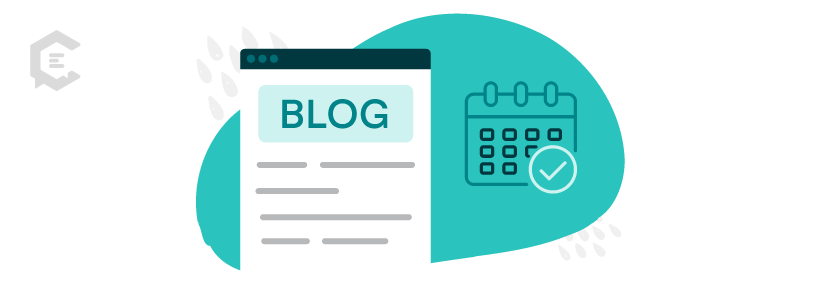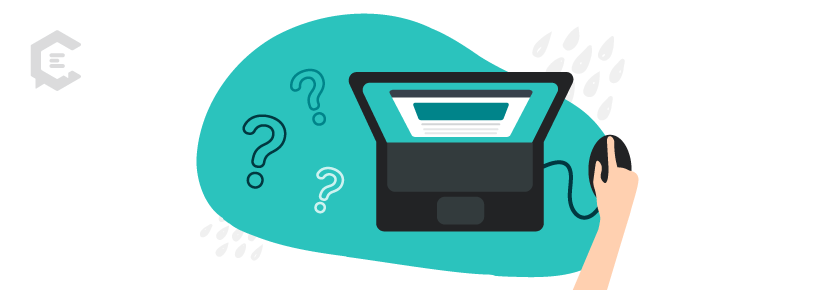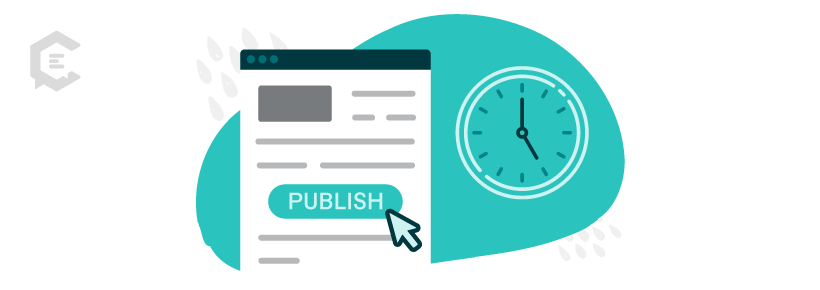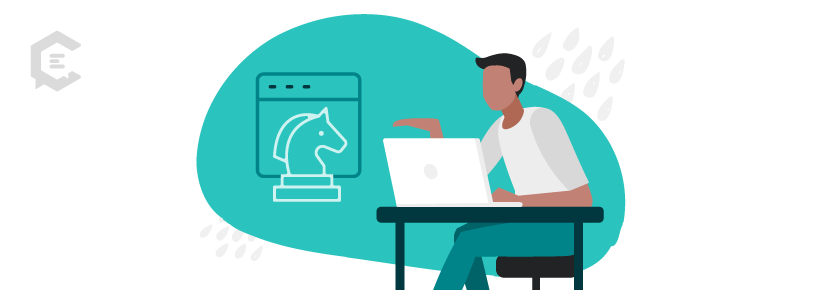Today, blogs are integral to the success of most successful content marketing strategies. Marketers who prioritize blogging are 13x more likely to have a positive ROI.
A well-crafted blog is a versatile content asset, achieving multiple goals that can range from positioning you as a thought leader to guiding your audience along the sales funnel to boosting your search engine rankings.
But within that there’s one issue that constantly compes up – how often you should be publish? And when you do, what’s the best blog posting schedule?
In this guide, we’ll give you a blog post frequency primer. We’ll cover the 4 questions to ask before you start blogging and the ideal times to publish.
The Blog Post Frequency Basics
So, how often should you be publishing? Well, there’s good news and bad news. The bad news is there isn’t a single answer to that question. The good news is there are guidelines you can put in place to help you make the right moves concerning your blog strategy and content calendar creation.
Here are two areas to think about before you start:
Pre-launch
If you’ve never blogged before and you’re starting from scratch, don’t jump in with your first-and-only piece. You should have a minimum of three to five pieces of content in the hopper before you hit the “publish” button. As you move forward, it’s a good idea to keep that three-to-five content piece strategy in place. This creates a blog database for yourself that allows you to work ahead with extra blogs available when you need them.
How many blog posts and how often?
At the risk of putting it too simply, the more often you post, the higher the likelihood of good results. First, with every industry and subindustry being oversaturated with digital content, it takes a consistent high-volume output to create visibility. Second, Google likes high-quality content and plenty of it.
Plus, once you establish an audience, the frequency of your blog posts gives them something they look forward to, meaning they’ll visit your page more often. More visits mean higher levels of engagement. And higher levels of engagement move your audience through the sales funnel more quickly.
4 Questions to Ask Before You Start Blogging
Before locking in your posting schedule, there are a few questions that can help you really hone in on the right frequency for your business. Ask yourself the following:
1. What is my content strategy?
Your content strategy directly impacts your blogging schedule. Look at the marketing goals you’ve set. If your goal is to increase website traffic or double your subscriber base, you’ll want to post and publish more often. If you want to educate an audience or showcase yourself as a thought leader, then publishing long-form content less frequently could be the way to go.
2. What is my platform?
Make sure you’ve thought about where you’re posting. You can publish blogs on a personal website, third-party site, or social media platform. There are benefits and drawbacks to each. Social platforms, like Facebook and Instagram, connect you to a large audience. But both are like a large ocean. Your blog could get lost without your audience ever reading it. You might need to publish blogs daily just to stay afloat (alright sorry, we’re done with the ocean metaphor).
If you go the personal website route instead, that’s great. You have full control over the site. But, you also have the challenge of driving traffic and building an audience through your content.
And if you’re starting to tear your hair out, wait! “Blogs” aren’t limited to long-form articles. Brief listicales or curated content work too! A two-line comment about other content in your arsenal, such as an ebook, also qualifies. The goal here is to get your audience’s attention. Use any content means necessary.
3. What are my resources?
Whether you’re posting one-liners on social media or crafting a massive infographic for your website, blogging takes time and effort. If you head up a team of creatives, or outsource your content to an expert content strategy firm like ClearVoice, you can generate a lot of really fine quality content on a frequent basis while saving time and effort.
But if you are the sole blogger, you should take the time to honestly assess what level of blog post frequency is attainable for you. Once you’ve gone through that self-contemplation, decide on your time frame and schedule. If you can only produce one blog a month, that’s fine. Just be sure to keep it consistent.
4. Can I maintain quality?
Quality ALWAYS surpasses quantity when it comes to successful blogging. Cranking out a blog every day or two is terrific — unless that blog stinks. A poorly crafted blog means your audience will bypass it. As your audience goes, so goes Google (and so goes your search ranking). Google is pretty adamant when it comes to content that is E-E-A-T; experienced, expert, authoritative and trustworthy.
Ideal Times to Publish a Blog Post
Pinpointing your blog post frequency isn’t enough, you also need to figure out timing. Studies demonstrate that time of day, and even day of the week, can mean the difference between a blog that is viewed and one that might be ignored.
For instance:
- Users say they look at blogs in the morning, with peaking viewing taking place around 9 a.m.
- Morning posts tend to have higher click-through rates
- Research suggests Mondays are best for website posting, especially when it comes to higher page views and more traffic
- Social media blogs posted on Sundays can mean more views and higher share rates
But again, a lot depends on the blog format, your audience, the industry, and a whole host of other factors. The key here is testing and data, to determine what works for your specific instance.
There’s No One-Size-Fits-All Blog Strategy
If you didn’t already, you know by now there’s no one specific rule when it comes to blog posting. Your posting schedule should fit your resources, content strategy, and audience. Just remember, however you create your content calendar, consistency and quality are the two keys.
And if you want to save time and resources by working with proven experts, consider outsourcing your blog content. At ClearVoice, we’ve helped companies produce high-quality content creation that’s driven traffic and increased their bottom line for over a decade. Connect with one of our content specialists today to see what we can do for you.








